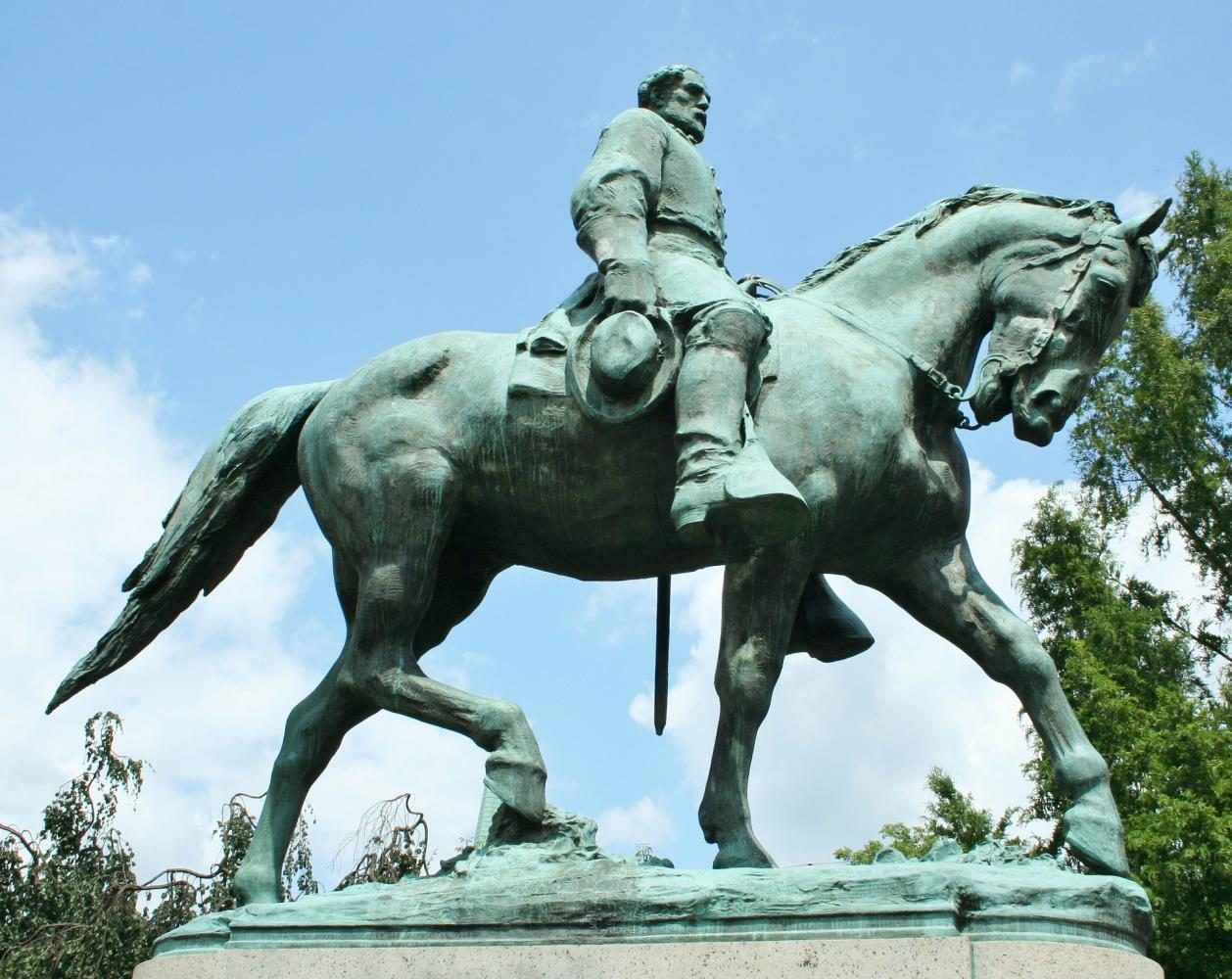Preservation over glorification
It seems like the ghosts of our nation’s past have returned to haunt us. Somehow, in 2017, the Confederacy is dividing Americans yet again.
In light of recent online firestorms over Confederate statues, we need to consider the place such monuments have in our history before we break out the sledgehammers and tow straps.
They are symbols, in the rawest sense. Having once memorialized the soldiers of a slave-owning nation that fought for autonomy from the Union, they went on to represent states willing to visit systematic disenfranchisement upon their non-white citizens.
And now, we have people trying to rekindle these disgusting old flames.
The sight of men in white hoods or bearing shields emblazoned with Nazi iconography, claiming that a bronze statue of a Confederate general represents them, is nothing short of repulsive.
And still, we should reject the idea of burning them in effigy. While that would certainly take power away from neo-Nazis and white supremacists, it will not defeat the beast that exists within the heart of our society.
We should be able to look at our past and recognize the Civil War as an inextricable part of the journey that has brought the United States to where it is today.
We need to send a message to the world that we are willing to address our racial and societal tensions with constructive—not destructive—solutions.
If anything must be done, if these monuments cannot stay in the hearts of Southern cities, then perhaps they should be moved to museums or Confederate cemeteries.
Robert E. Lee and Stonewall Jackson do not represent the United States in 2017.
Hell, they didn’t represent the United States in 1863.
However, they did represent the hundreds of thousands of men who lost their lives fighting in the American Civil War.
We cannot change the past, but we shouldn’t erase it either. Instead, we should take the grim lessons it has taught us and strive to become a more unified nation.



